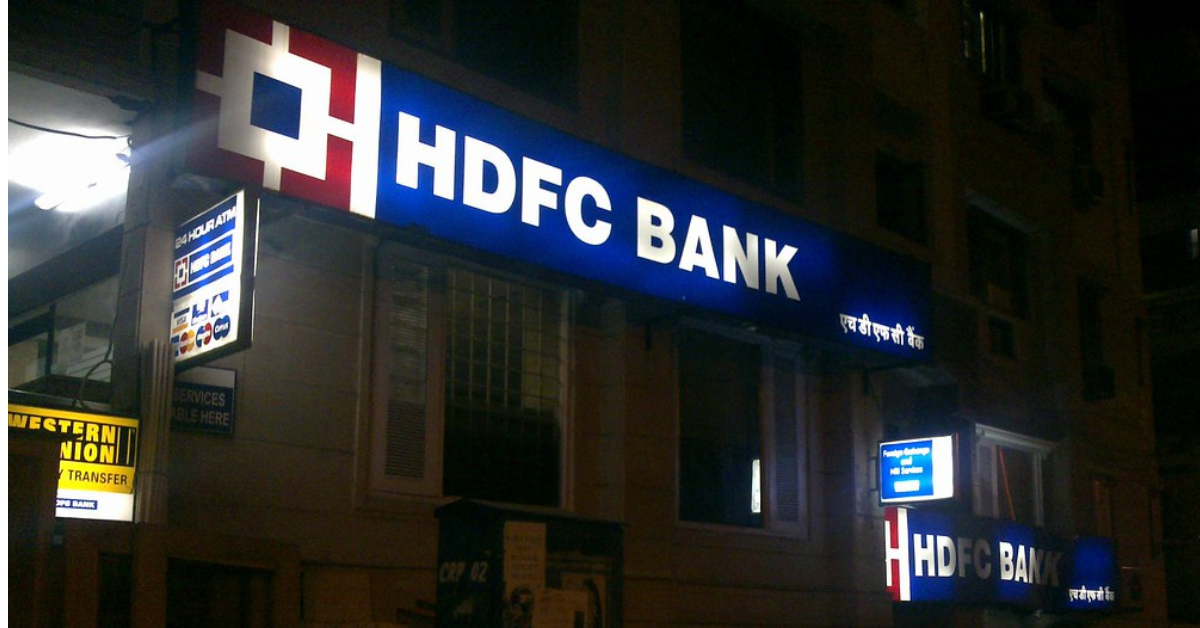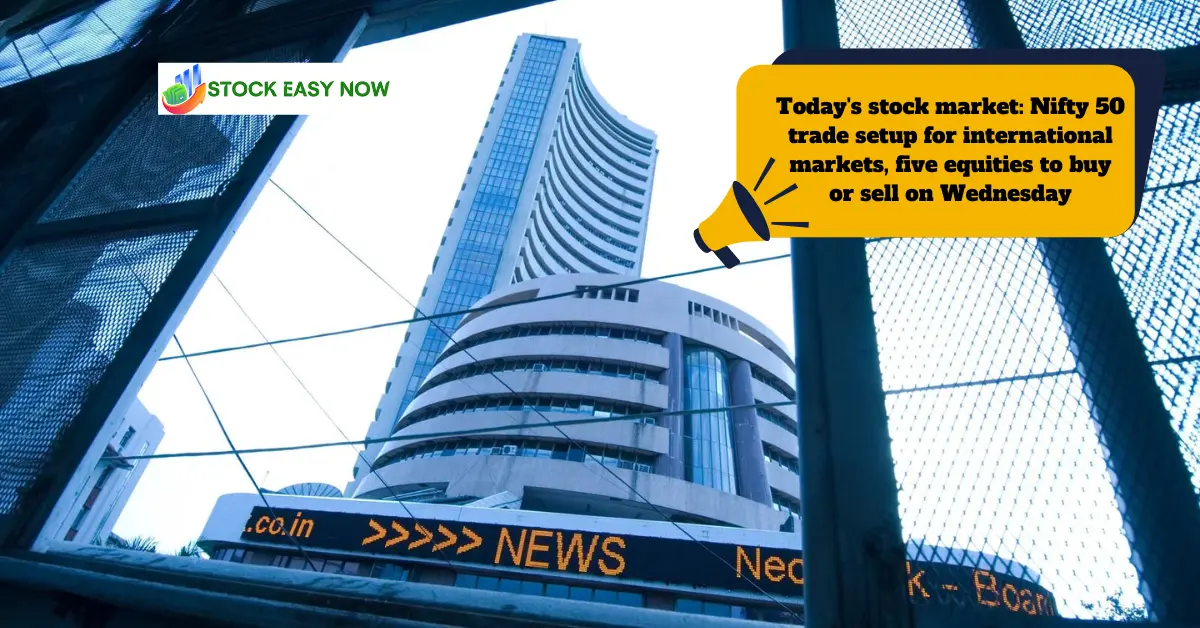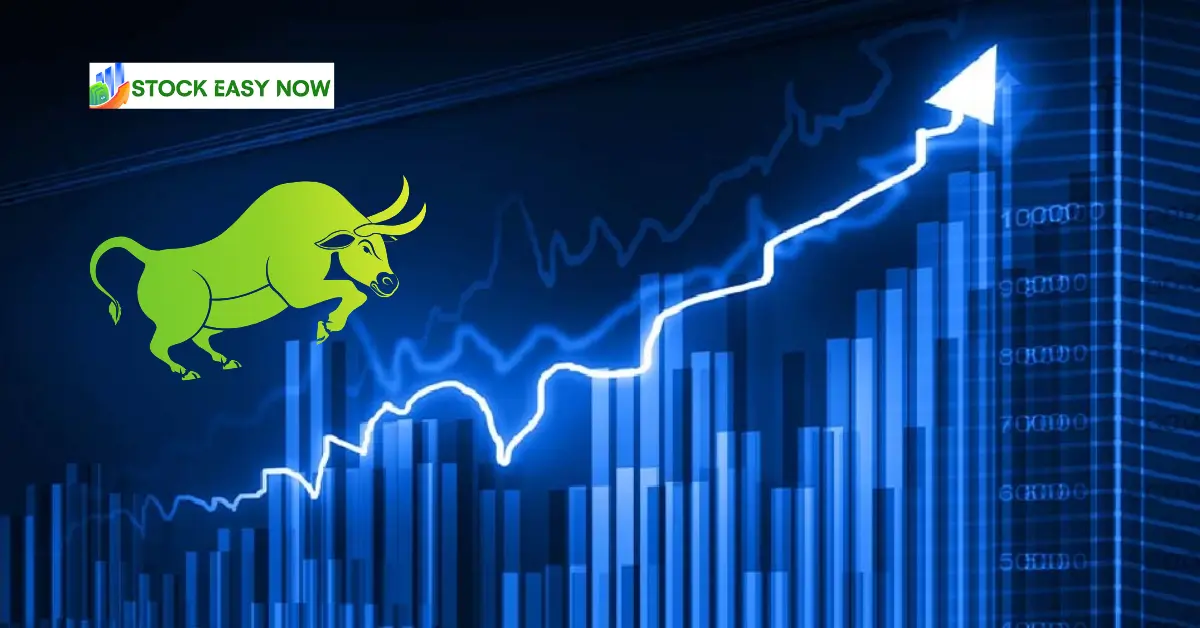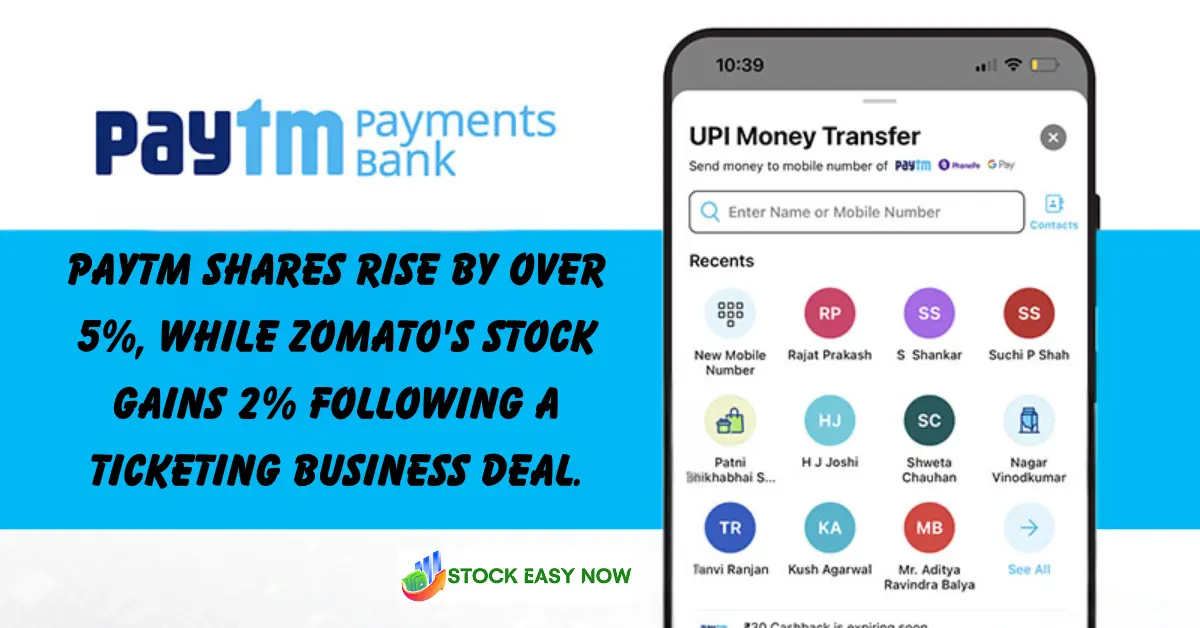From 190 to 220 per share levels between November 2020 and February 2022, the ITC share price remained in the range of 190 to 250 per piece. However, after emerging from this base-building phase, the ITC share price has increased to levels of 450 per unit over the past 19 months, yielding a return of roughly 105% over this period. ITC stock is thus among the multi-bagger equities that the Indian stock market has produced recently.
Even though the market has been very bullish on HDFC Bank shares during this time, particularly following the HDFC Bank and HDFC merger, HDFC Bank shares have been trading in the 1500 to 1700 range for about a year.
According to experts, the bank’s fundamentals have held up well during this time, and after the merger, it has been able to boost its CASA, which might get even better. In addition, HDFC Bank has one of the lowest NPA ratios among Indian banks, which is drawing in FIIs from abroad.
However, they claimed that the company’s lending operations are under pressure as a result of the Indian government’s introduction of a bad loan regime to handle the NPA problem with PSU banks. The lending division of HDFC Bank is currently under stiff competition from large PSU banks like State Bank of India (SBI), Bank of Baroda (BoB), Canara Bank, Punjab National Bank (PNB), etc. ALM (Asset Liability Management) would also need to be maintained by HDFC Bank following the merger of HDFC Bank and HDFC.
Therefore, it might take some time for the HDFC Bank shares to stop being in base-building mode, but once it does, this Nifty 50 company could experience swift positive movement. HDFC Bank stock can be seen to be preparing for an ITc moment until then.
difficulties for HDFC Bank
ITC and HDFC Bank are two different types of corporations, according to Sandeep Pandey, a former Deputy Vice President of HDFC Bank, when discussing the difficulties HDFC Bank is currently experiencing after the merger. Due to the long-term lockup impact, the ITC share price was in base building mode, whilst HDFC Bank is facing management issues.
Its total number of departments increased by nearly four times after the merger with HDFC Ltd. Due to large PSU banks like SBI, BoB, PNB, and Canara Bank effectively competing with private lenders, it has seen pressure in its lending operations. After the Indian government launched the ban loan program to address the NPA issues of state-owned banks, PSU banks all of a sudden became cash-rich. PSU bank shares, including HDFC Bank, are therefore anticipated to perform better in the short to medium term than private bank shares.
Given that it has one of the lowest NPA ratios among Indian banks, HDFC Bank is drawing interest from FIIs. It has been able to retain its ALM post-merger, and we must continue to monitor the banks’ performance on this metric over the long term, according to Sandeep Pandey.
ITC vs HDFC Bank
Vaibhav Vidwani, Research Analyst at Bonanza Portfolio, commented on HDFC Bank shares, stating that “On 1st April 2022 merger news of HDFC Bank and HDFC Ltd. came in the market on that day on that day HDFC Bank touched the level of 1700 after that the bank was not able to sustain on that level. After receiving approval from the boards of both firms on June 30, 2023, HDFC Bank concluded a $40 billion merger with HDFC Ltd., and on July 13, 2023, the bank was added to the MSCI index. These all serve to highlight the Bank’s strengths and room for expansion. The HDFC Bank share price is hesitant to surpass its high of 1700 notwithstanding the aforementioned causes.
In the post-merger analyst meeting, HDFC Bank stated that the net interest margin (NIM) will likely decrease by 25 basis points (bps) for FY24E, according to Bonanza Portfolio expert. This is a result of the interaction between an elevated cash reserve ratio, excess liquidity, and a growth in non-performing loans resulting from HDFC Ltd.’s non-individual loan portfolio, which can function as a barrier to break resistance of 1700 in the coming months. HDFC Bank failed to draw investors during the most recent surge as well. Investors typically search for businesses with appealing valuations and expansion prospects. These two traits apply to HDFC Bank.
Vaibhav Vidwani explained why ITC’s shares were a big hit on Dalal Street in the past 15 months: “ITC experienced serious disruption in its business across segments due to Covid Restrictions and decreased mobility. Demand levels fluctuated throughout the year, which resulted in a risky and uncertain situation. The trend toward “contactless shopping” and shifting consumer preferences was upward.
Vaibhav Vidwani explained that ITC had serious business disruption in all segments as a result of Covid Restrictions and limited mobility when asked why ITC shares were a showstopper on Dalal Street for the past 15 months. A climate of risk and uncertainty was created throughout the year by the variable demand levels. Consumer habits were evolving, and “contactless shopping” was on the rise.
Will ITC get a moment from HDFC Bank shares?
As it will take time for the private lender to organize all of its divisions following the merger, stock market experts predicted that HDFC Bank may continue in base-building mode for the short to medium term. They said that HDFC Bank is “too big to fail” and that shareholders should hold on to their shares because, after it exits the base-building phase, it might present an opportunity for IT. Additionally, they suggested that new investors consider HDFC Bank shares if they have a long-term time horizon.





